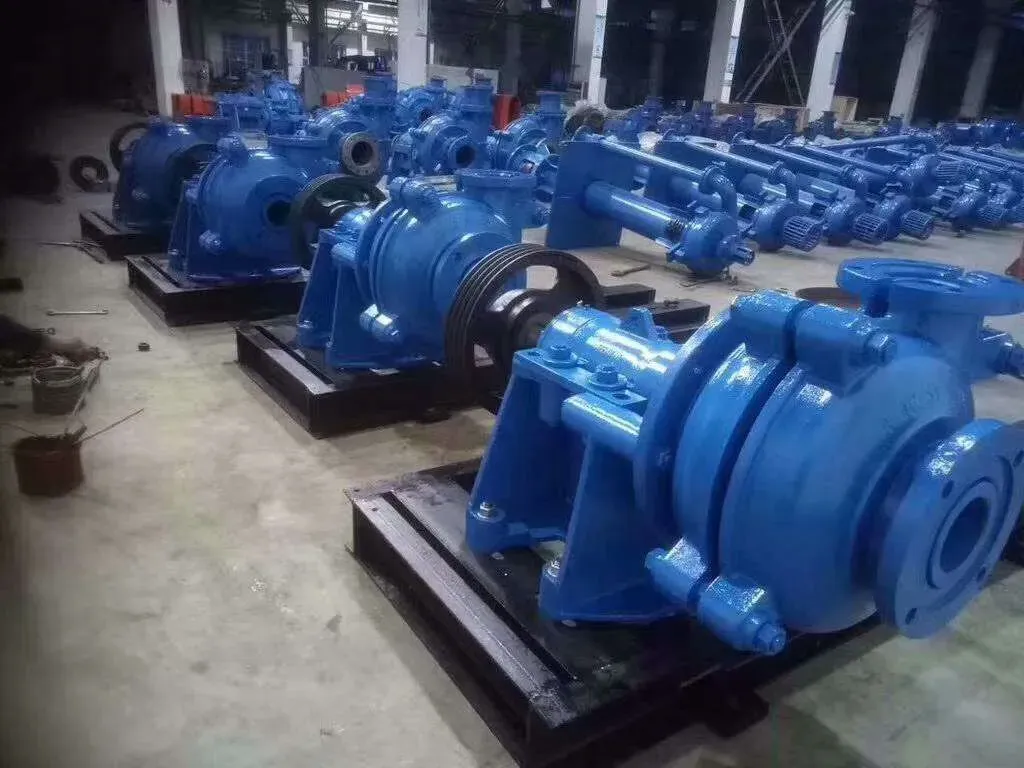Norwegian
- Afrikaans
- Albanian
- Amharic
- Arabic
- Armenian
- Azerbaijani
- Basque
- Belarusian
- Bengali
- Bosnian
- Bulgarian
- Catalan
- Cebuano
- Corsican
- Croatian
- Czech
- Danish
- Dutch
- English
- Esperanto
- Estonian
- Finnish
- French
- Frisian
- Galician
- Georgian
- German
- Greek
- Gujarati
- Haitian Creole
- hausa
- hawaiian
- Hebrew
- Hindi
- Miao
- Hungarian
- Icelandic
- igbo
- Indonesian
- irish
- Italian
- Japanese
- Javanese
- Kannada
- kazakh
- Khmer
- Rwandese
- Korean
- Kurdish
- Kyrgyz
- Lao
- Latin
- Latvian
- Lithuanian
- Luxembourgish
- Macedonian
- Malgashi
- Malay
- Malayalam
- Maltese
- Maori
- Marathi
- Mongolian
- Myanmar
- Nepali
- Norwegian
- Norwegian
- Occitan
- Pashto
- Persian
- Polish
- Portuguese
- Punjabi
- Romanian
- Russian
- Samoan
- Scottish Gaelic
- Serbian
- Sesotho
- Shona
- Sindhi
- Sinhala
- Slovak
- Slovenian
- Somali
- Spanish
- Sundanese
- Swahili
- Swedish
- Tagalog
- Tajik
- Tamil
- Tatar
- Telugu
- Thai
- Turkish
- Turkmen
- Ukrainian
- Urdu
- Uighur
- Uzbek
- Vietnamese
- Welsh
- Bantu
- Yiddish
- Yoruba
- Zulu
Telephone: +86 13120555503
Email: frank@cypump.com
Nov . 09, 2024 11:56 Back to list
An Overview of Vertical Turbine Mixed Flow and Propeller Pump Technologies
Overview of Vertical Turbine, Mixed Flow, and Propeller Pumps
Pumps play a critical role in numerous applications, ranging from industrial processes to agricultural irrigation. Among the various types of pumps, vertical turbine, mixed flow, and propeller pumps have garnered attention for their unique designs and operational capabilities. This article aims to provide an overview of these three pump types, their working principles, applications, advantages, and considerations for selection.
Vertical Turbine Pumps
Vertical turbine pumps are specifically designed for lifting water from deep sources. They incorporate a vertical shaft, which extends from the surface level down to the pump's impellers submerged in fluid. The impellers operate in a series, enabling these pumps to function effectively in situations where high head and low flow rate are required. They are particularly beneficial for applications such as groundwater extraction, where water levels can be significantly below the ground surface.
One advantage of vertical turbine pumps is their efficient use of space, as they occupy a smaller footprint compared to horizontal pumps. Additionally, they can handle large volumes of water, making them suitable for municipal water supply, irrigation systems, and cooling water applications in power plants. However, installation can be more complex, requiring extensive foundation work and alignment to ensure proper operation.
Mixed Flow Pumps
Mixed flow pumps combine principles from both axial and radial flow designs. They feature a propeller-like impeller, which draws the fluid in axially, while the design of the volute casing then directs the flow radially outward. This design allows mixed flow pumps to achieve moderate head and flow rates, making them suitable for various applications, such as flood control, irrigation, and drainage systems.
'vertical turbine mixed flow and propeller pumps an overview'

One of the key advantages of mixed flow pumps is their versatility. They can efficiently handle a wide range of flow rates while maintaining relatively high efficiency. Moreover, their ability to operate in various positions—vertically or horizontally—makes them highly adaptable. However, their complexity can lead to higher initial costs and potential maintenance challenges compared to simpler pump designs.
Propeller Pumps
Propeller pumps are another type of axial flow pump characterized by their high flow rates and low head. They employ one or multiple propellers to move liquids through the pump, effectively converting rotational energy into fluid motion. These pumps find extensive use in applications requiring high volume transfers, such as sewage treatment, surface water intake, and agricultural irrigation.
The primary benefit of propeller pumps lies in their efficiency at moving large quantities of liquid with minimal energy consumption. They can be installed in various configurations, either submerged in the fluid or mounted above the surface. Nevertheless, they are less effective than vertical turbine or mixed flow pumps when high head conditions are required, which can limit their applicability in certain scenarios.
Conclusion
In summary, vertical turbine, mixed flow, and propeller pumps each offer distinct advantages and are suited for specific applications. Vertical turbine pumps excel in high head scenarios, making them ideal for deep water extraction. Mixed flow pumps are versatile, striking a balance between flow rate and head, while propeller pumps are optimal for high-volume, low-head applications.
When selecting a pump, it is crucial to consider the specific requirements of the application, including head, flow rate, and installation space. Understanding the principles and characteristics of each pump type will enable engineers and operators to make informed decisions that enhance operational efficiency and reduce overall costs in their pumping systems.
-
Wholesale Slurry Pump Impeller Supplier – High-Quality & Efficient Pump Parts for Enhanced Performance
NewsJul.07,2025
-
High-Efficiency Water Submersible Pumps Reliable Water Pump for Potable Water Supply
NewsJul.06,2025
-
Best Sewer Pump Reviews & Top Picks 2024 Reliable & Efficient Ejector Pumps
NewsJul.06,2025
-
China High Chrome Slurry Pump - Top-Quality, Efficient & Durable Pumps for Mining
NewsJul.06,2025
-
High-Performance Slurry Sand Pump Anti Abrasive & Durable Sand Slurry Pump Solutions
NewsJul.05,2025
-
High-Efficiency Slurry Pump Mechanical Seal – Reliable, Durable, Easy Installation
NewsJul.05,2025










